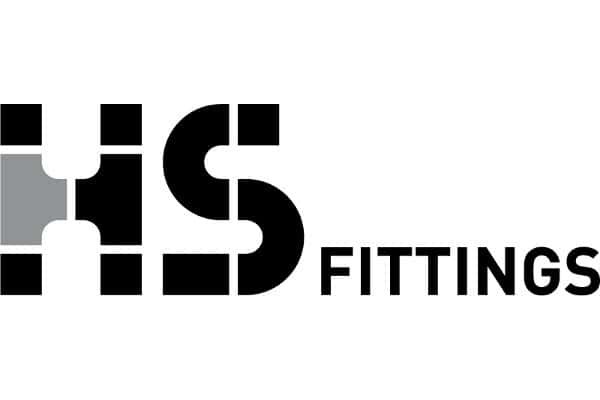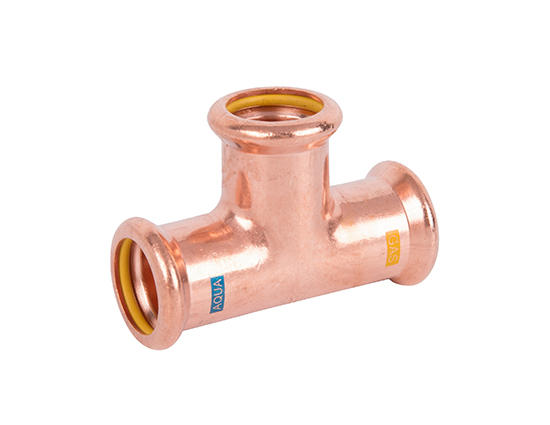Copper solder fittings from Hermann Schmidt – reliable, tested and versatile
Copper solder fittings have been an indispensable part of classic pipe connection technology for many decades – and not without reason. They are a proven solution for durable, stable and temperature-resistant connections, particularly in the field of heating and drinking water installations. Hermann Schmidt GmbH & Co KG from Essen offers a wide range of copper solder fittings in accordance with DIN EN 1254, which impress with their quality, durability and variety of applications.
A key feature of the copper solder fittings from Hermann Schmidt is their dual certification. This allows them to be used in both drinking water systems and gas installations – a clear advantage for installers who need to be flexible on construction sites. The solder fitting is approved for various media, including natural gas, liquid gas, drinking water, heating water, demineralized water, rainwater and extinguishing water. They meet the requirements of DIN EN 1254 and the guidelines of worksheet G 600, which means they are approved throughout Germany.
Versatile copper solder fittings for every installation situation
As the name suggests, copper solder fittings are made of copper or copper alloys, usually in combination with brass or gunmetal. They are permanently connected to copper pipes by soft or hard soldering. The range includes 90° and 45° elbows, T-pieces, sockets, reducers, threaded transitions and end caps. This variety makes it possible to implement almost any pipe routing – whether in complex heating systems or when retrofitting a drinking water system.
Thanks to their dual certification, in many cases there is no need to keep different fitting types for different media. Practical marking helps with quick identification: yellow seals indicate that the solder fitting is suitable for gas installations, while black rings stand for use in the water sector. This simple colour rule saves time and minimizes sources of error on the construction site.
Copper solder fittings in use – tradition meets modern requirements
Copper solder fittings are still frequently used for renovation work in old buildings, for example for existing radiator connections or old drinking water pipes. In the past, copper pipes were connected by screwing, welding or soldering – often in confined spaces, with a great deal of dexterity and sometimes even with the help of a mirror to reach hard-to-see soldering points.
Despite new connection technologies such as pressing, clamping or plugging, copper solder fittings remain the first choice in many areas. They really come into their own when it comes to maximum temperature and pressure resistance, for example in industrial plants or heating systems with high requirements. Many specialist companies also deliberately opt for classic soldering in new buildings – for example, when durability, cost-effectiveness and material compatibility are the main focus.
These soldered connections are materially bonded, which means that the pipe and fitting merge to form a solid unit. The result is a durable, resilient connection that retains its tightness even after decades. Professionals particularly appreciate this durable connection method in safety-relevant installations, such as gas pipes.




